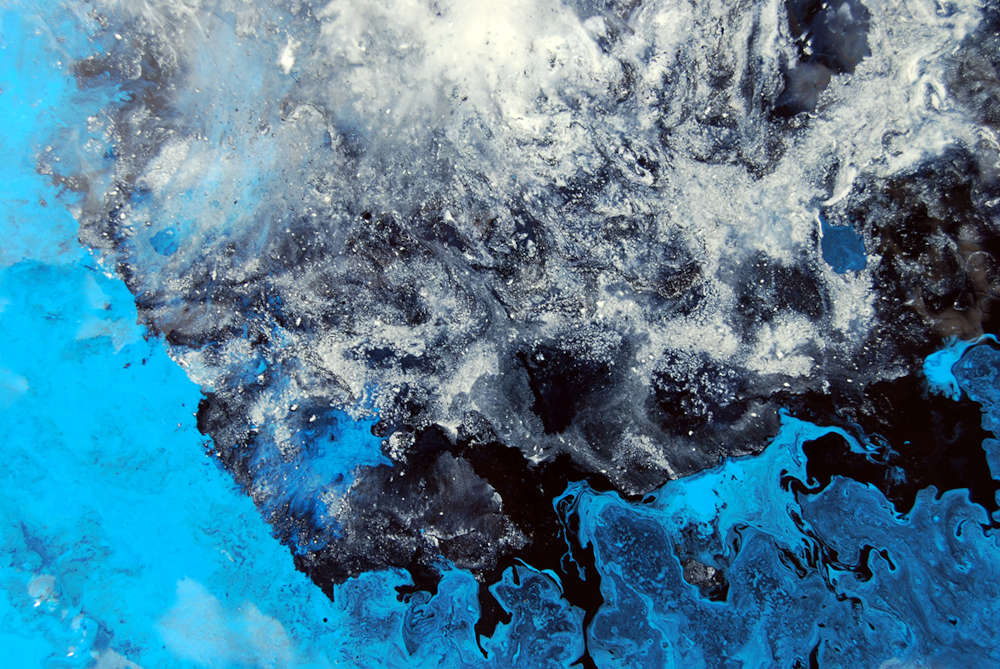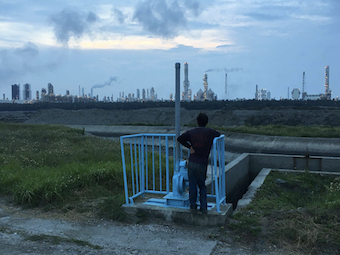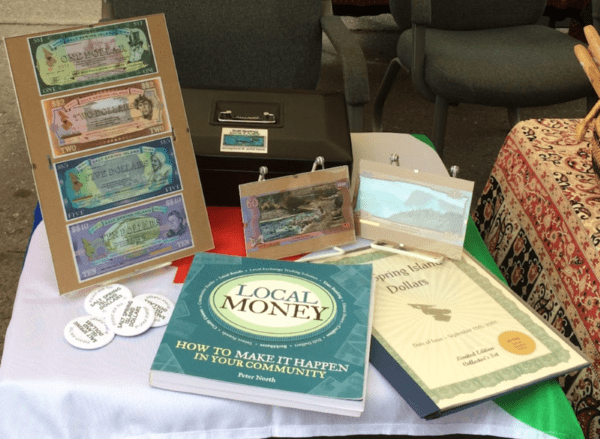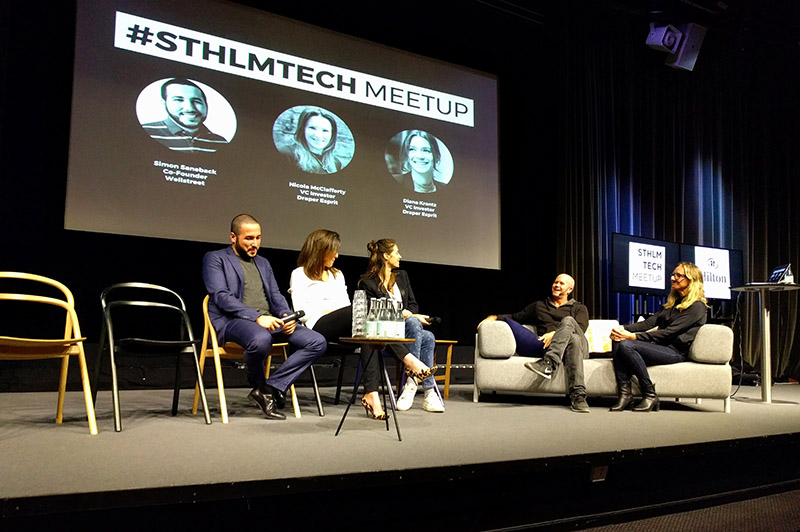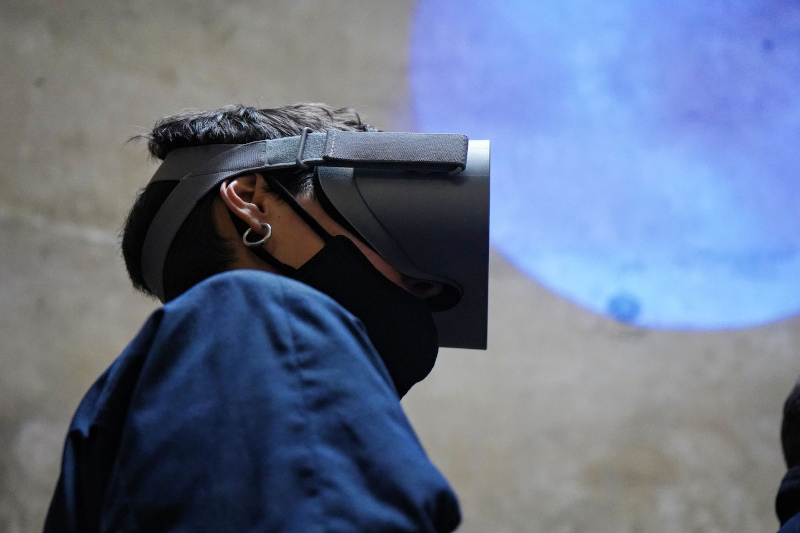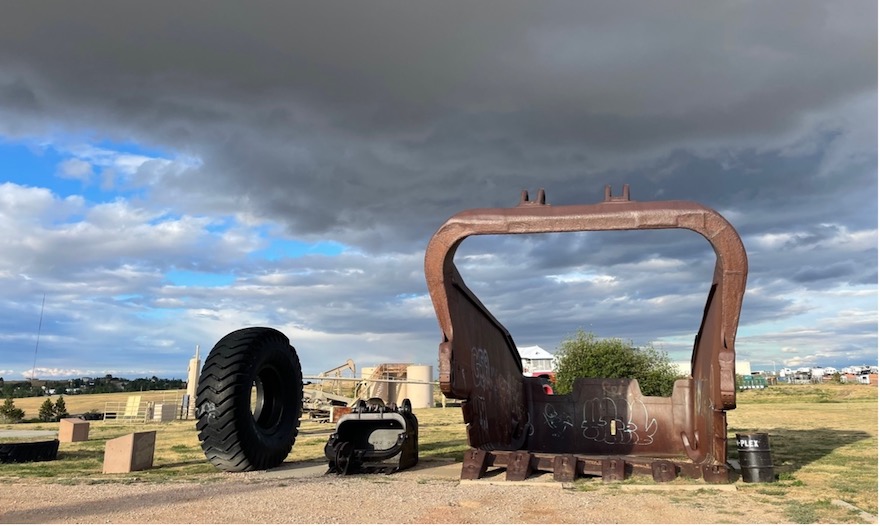
Coal, Care, and Climate change: When Things Remember What People Forget
As the US moves toward greener energy futures, how we remember coal – or do not – has significant implications for how we create more just energy transitions. The United Mine Workers of America (UMWA) eventually came out in support of President Biden’s massive infrastructure plan, likely because it extended a lifeline to mines that produced high quality metallurgical or “coking” coal used in steel manufacture even though it concretized the administration’s commitment to decreasing coal production for energy. As a case in point, the New Elk Mine in southern Colorado fired up again in June 2021, with plans to ship nearly three million tons of coal per year to overseas steel-making plants. The mine’s reopening was noteworthy, given the region’s attempts to create a more sustainable economy in the wake of a major coal bust half a century ago. (read more...)

